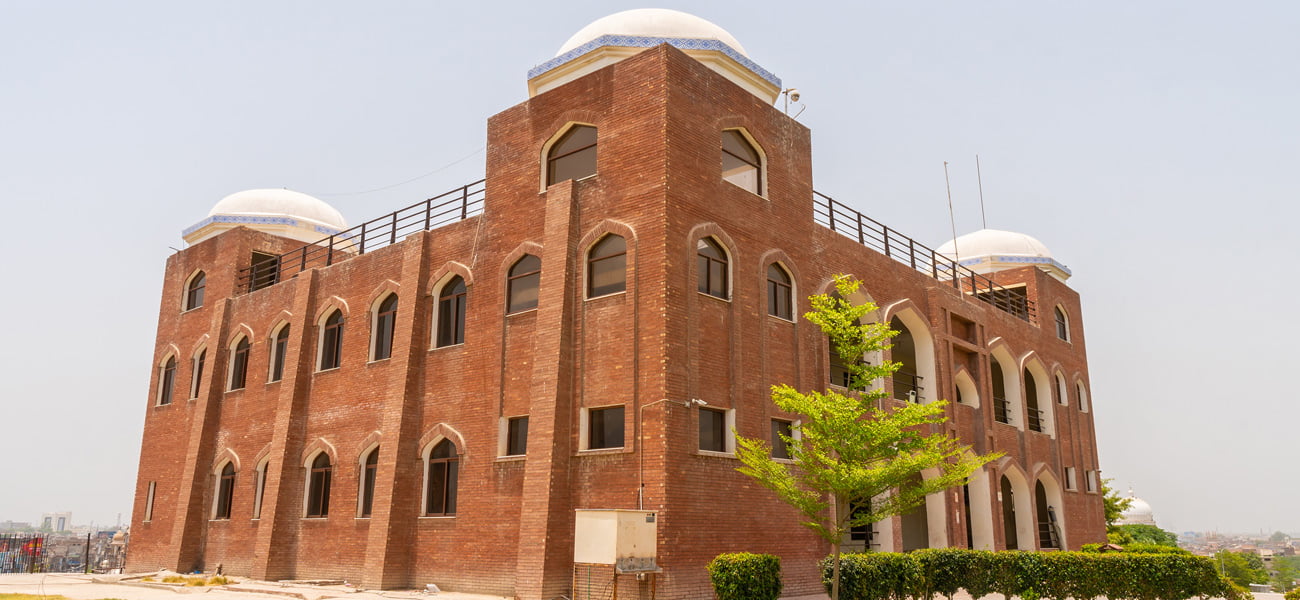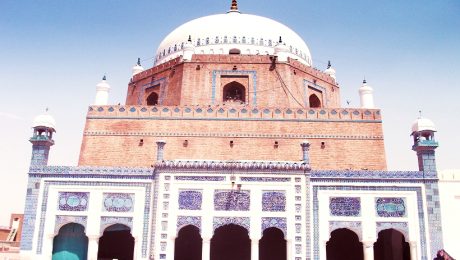5 popular historical places in Multan
Multan is Pakistan’s seventh-largest city, famous for its historic location and beautiful architecture. Due to the abundance of cemeteries in the town, Multan is also known by the masses as the “City of Saints”.
Some historians suggest that the Multan was about 2000 years old and was the center of mysterious activity. This fact makes the city much more enjoyable.
If you are interested in exploring Pakistan’s various architectural designs and have historical tips, Multan is for you. Make sure to hire the right architect to ensure sound construction and design.
This blog provides a concise and informative list of places to visit in Multan.
So sit down and enjoy a virtual tour of Multan.
Tomb of Shah Rukn e Alam

The Tomb of Shah Rukn e Alam, also known as Shah Rukn-e-Alam, is one of Multan’s most famous Sufi saints. He was a Sufi who belonged to the Sufrawardi Sufi sect.
Every year, the sanctuary is visited by more than 100,000 pilgrims from around the world.
Former Foreign Minister Shah Mehmood Qureshi is the current servant of the Nashin Carpet and Shrine.
The tomb is in the center of Multan. It was built between 1320 and 1324 AD. Historians show that the cemetery was constructed by Gassedin Toorak, the ruler of Debarpur.
In the 1970s, the cemetery was restored by the Waqf department. The tomb was restored by Kashigar in Multan. The historic brown building, adorned with blue stones, is an example of ancient Mughal architecture.
Fort of Multan

Fort of Multan is an ancient landmark of South Asian defence and architecture. Some historians suggest that the castle was built between 800 and 1000 BC. The court was created by the Catouch dynasty but was severely destroyed by the British Empire during colonial rule.
The vast fort is a work of art. It has a vast wall 40-70 feet (21 meters) high and a circumference of 6,800 feet (2 km). The fort’s 46 fortresses had two towers on either side of each of the four gates.
Inside the fort are 30 towers, mosques, Hindu temples and palaces. The fort had eight gates, but over time four doors deteriorated, and the fort has only four entries.
- Qasim Gate
- Khatri Gate
- Sikhi Gate
- Hariri Gate
Ghanta Ghar, Multan

The famous Multan Clock Tower, also known as Ghanta Ghar, Multan is one of Multan’s main tourist attractions. It was built around 1884. British Indian Empire era. Construction of Ghanta Ghar’s construction began in February 1884 and took four years to build.
Interestingly, the foundation of Ghanta Ghar is based on the Haveli ruins of Ahmad Khan Sazai, which was destroyed during the siege of the Multan.
It used to be called Lipon Hall and Building, but it was called “Wing Hall” after independence. At first, the building was used for the purpose of office meetings and cultural programs.
If you want to see the hustle and bustle of the city, you need to visit Ghanta Ghar, Multan. Around Ghanta Ghar, there are small local shops selling traditional Murtani products such as Azirak and clay pottery.
Bibi Pak Daman Mausoleum

Bibi Pak Daman Mausoleum, well known as Bibi Rasti, was the mother of the famous Rukn E Alam. He is also a student of Bahaudin Zachariah and has done a lot of work to revive Islam in Multan.
She was buried near an ancient temple in Maitutra. The tomb has a rectangular shape and is heavily decorated with blue and white stones, which is Multan’s unique architectural style.
The eastern façade is decorated with a set of three arches above the double columns, providing access to a deep portico entrance with several tombs.
The tomb is in the middle of a thick fence on the wall. The tomb also has an arched entrance door.
Many people from Multan and the surrounding area come to pay tribute to the tomb.
Multan Arts Council

If you are an art lover and want to learn arts and crafts in different colors in Multan, then you must visit Multan Arts Council. The centre was established in 1975 and established in accordance with the legal provisions of the Punjab Arts Council (PUCAR) Lahore.
The centre is built on a large lot and consists of a room, an art gallery, a platform and a garden.
The council regularly holds art and performing arts exhibitions. The Majlis also organizes puppet shows, painting exhibitions, sculptures and other activities for the people of Multan and its surroundings.
Key events taking place at the Majlis include the 1st Sufism Festival, the Sadie Quarry Shezard Sculpture Exhibition, International Women’s Day 2009, the Japanese Calendar, Mela Rock, and Artistic Letters.
Every day, many pilgrims visit her shrine to pray from all over the country. These are some of the places worth visiting in Multan. If you want to see the true colors of Multan, you have to visit these places.
For more information on the real estate sector of the country, keep reading Feeta Blog.
5 popular historical places in Multan
- Published in ancient carriage, ancient chariot, Architectural Heritage, asian castles, asian history, castle, News


